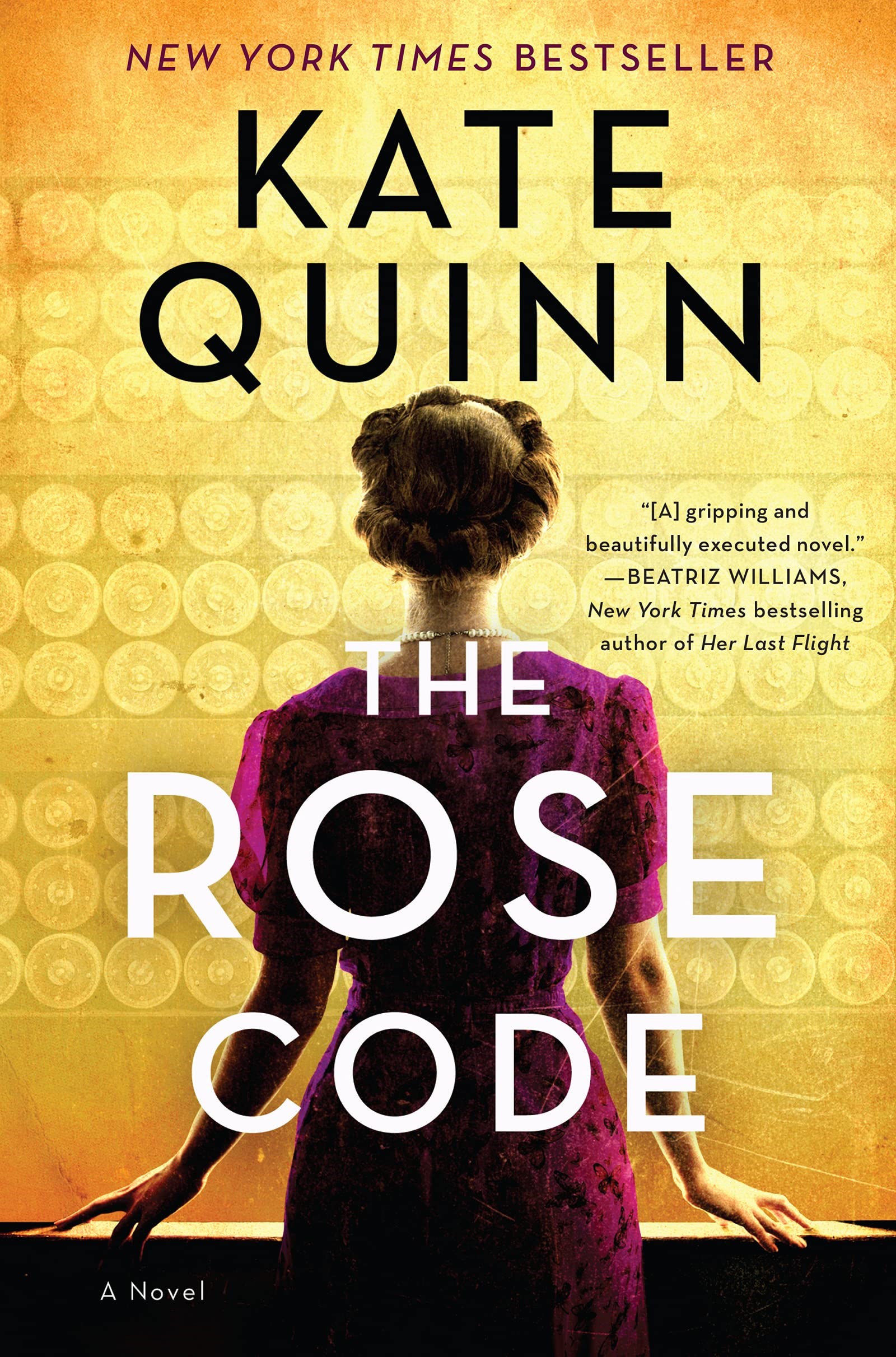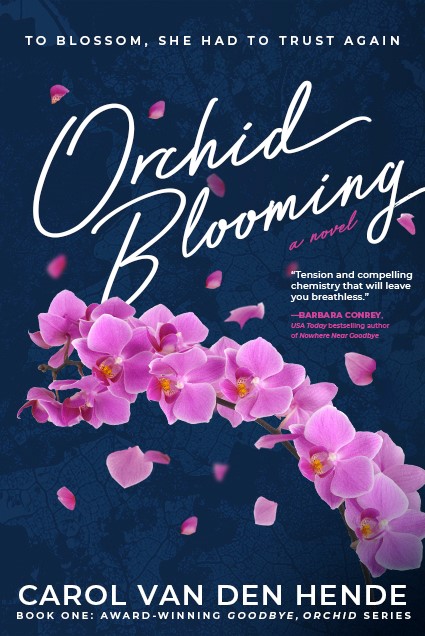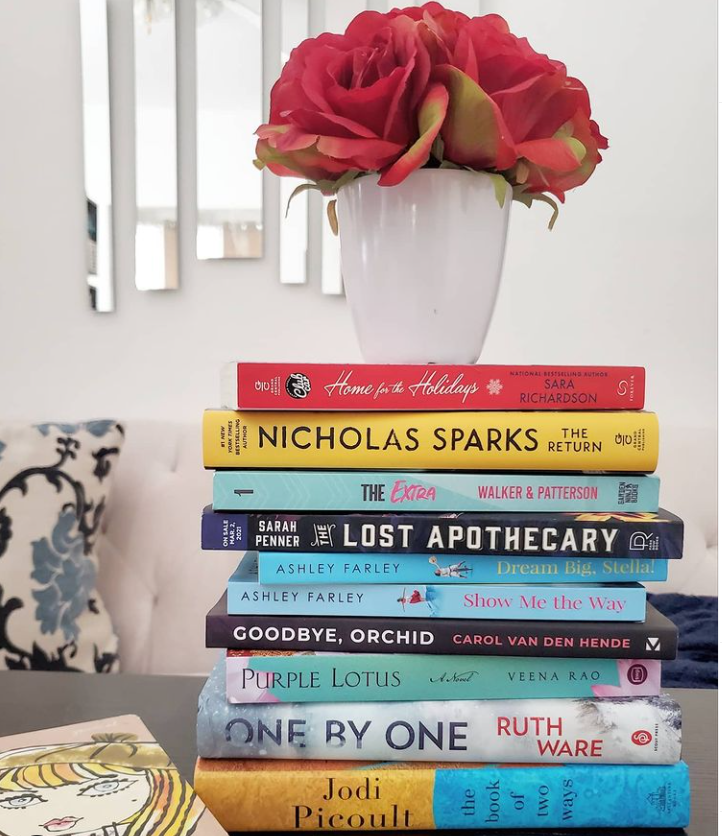When we consider storytelling, we usually think of the written or spoken words that make up the tale. However, we shouldn’t underestimate the power of book covers to evoke emotion and spark interest in a story. After all, humans are visual creatures. Vision activates more than 50% of the brain’s cortex. Think about how you feel when you see an image of a cub versus a fierce lion, or a contrast of colors compared to a harmonious palette.
As a brand marketer, I witnessed firsthand the impact of visuals on packaged good purchase decisions. Red and yellow can be paired to interrupt a package design and scream “discount.” Green is often used to connote environmental sustainability. Certain shades of blue can be calming and rational, which is useful to communicate efficacy.
The power of design applies to books, too. It’s a critical element in a publisher or author’s toolset to break through and convey meaning. Let’s examine each of these concepts, and five tips to spark great design, which can be described using the mnemonic SPARC.
Breaking through is the ability to standout in a cluttered environment. This is necessary because your books compete in bookstores that carry thousands of titles, or online marketplaces with millions of options. To navigate this sea of choice, readers rely on various means to pick a book, such as credible sources (bestseller, best of lists, awards, news outlets and other media), recommendations (friend, library, bookstore, Goodreads) or simply by browsing and picking up a book that catches their attention.
Catching attention can come from a title that grabs, well-written copy, an enticing endorsement blurb, or a known author. All of that together, what the cover communicates to the reader, is what we call “meaning.”
Tip #1: Simplicity Breaks Through
It’s hard enough to summarize our full-length books into a publisher synopsis, back cover blurb, log line, or title. It’s that same intensity of focus that’s needed to determine what key aspect of the book will most motivate a reader on the cover. That single-minded insight can be shared with designers in a creative brief. For instance, I briefed my publisher that Goodbye, Orchid’s central tension was the emotional and physical shattering of the main characters, Phoenix and Orchid. That tension is captured through the image of shattered orchids on the cover.
Tip #2: Prioritize Your Communications Hierarchy
To focus, it can help to determine what you’d like your reader to notice first, second, and third (recalling that tip #1 exhorts simplicity, we likely shouldn’t have more than three to five priorities). We call this prioritization a “communications hierarchy.” For example, the prominence of Kate Quinn’s name on her The Rose Code cover indicates that her team prioritizes her author name high in the hierarchy. Smart, since her well-known name will break through and motivate readers.

In my debut series, Goodbye, Orchid, I prioritized 1) dynamic orchids and the book title, then 2) my author name and subtitle, and finally 3) my front cover blurb and award, just below those other important elements. You can see the resulting covers here:


Tip #3: Assess Designs Against the Brief, Not Personal Taste
Once you’ve done all the hard work to write and communicate a single-minded brief, it’s more powerful to assess your designs versus the brief, not based on personal taste. So, rather than telling designers “I like this” or “I don’t like that,” it’s more helpful to share which designs (or parts of designs) communicate the single-minded insight, and whether the communications hierarchy is delivered. Don’t fall into the trap of telling the designer what to change (that’s their expertise) but, rather, what you’re trying to achieve. This will help make you a great collaborator, and that collaboration is what contributes to great designs.
Tip #4: Real-Life: Assess Design in Situ
Be sure to assess design not only at full size, but as a thumbnail, next to other covers from the same genre. It’s tempting to view your cover oversized on your screen, and to nitpick the little details. But especially for titles that primarily sell as e-books, it’s more important to see them in a real-life situation. After all, thumbnails are often all online shoppers see of your cover. So, shrink them to real-life screen size and assess the title legibility, whether the cover will be distinctive and easily recognizable, as well as whether it can “pop” versus other books in your genre. Designers have a bevy of strategies to achieve this breakthrough, including the contrast of colors, font weight, and mix of serif and sans serif fonts. Here’s an example of an online Amazon “shelf”:

If your book will be in physical distribution, pay attention to the spine, as that may be all readers see of your cover design in bookstores or libraries. Check to see if the title and author name are legible at a glance. Take a look at these spines, many of which are simple and clean:

Image Source: Instagram @the_unwined (used with Sophia Becker’s permission)
Tip #5 Consistency, Consistency, Consistency
After you have designs in hand, consistency is king. The truth is, the path to purchase is rarely linear. Because most of our lives are busy and full, research has found that it can take two to seven exposures for a new product or item to break its way into our consciousness. That means it benefits us to stack our impressions, be relevant in content and placement, and be visually consistent. This helps break through because human brains naturally scan for patterns and once readers have seen your covers multiple times, they will be more quickly recognized next time. Readers have told me that because my publisher has consistently used a specific font for my title, and orchids in my graphics, they’ve come to associate my cover and orchids with Goodbye, Orchid and Orchid Blooming. See an example banner here:

In summary, design is important because in crowded physical or digital spaces, a book may only have seconds to catch a reader’s attention. Good book cover design can break through. Mediocre design can get lost. So remember the five tips to SPARC great design.
Carol Van Den Hende, MBA, is the award-winning author of Orchid Blooming and Goodbye, Orchid.